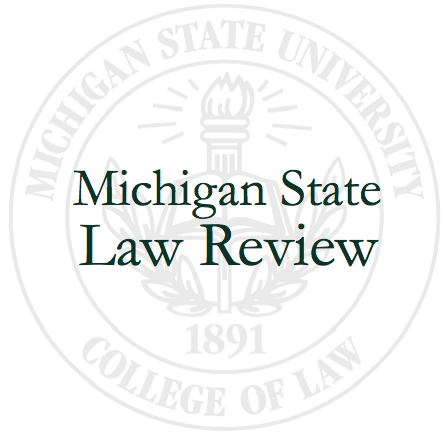Vol. 2021-2022 of the MSLR Forum was Edited by
Buke Hiziroglu & Lauren Legner
Co-Chairs of the Michigan State Law Review Online Platform Committee
The Code: Cybersecurity Issues Surrounding Automated and Autonomous Vehicle Technology
Just imagine the possibilities a driver could experience with the arrival of autonomous vehicles. The assistance drivers will get by “driving” cars equipped with autonomous vehicle technology are so appealing that it will become a pleasure rather than a burden to drive. Indeed, the advantages are highly appealing, but unfortunately, there are concerns over technological vulnerabilities that may arise as autonomous vehicles become more prominent. Eventually, vehicles will become fully autonomous. These cars will use built-in sensors that detect and monitor other vehicles and receive input regarding its surroundings. Moreover, autonomous vehicles will also share data with each other and “learn” from each other. Nevertheless, system outages because of misconfiguration, ransomware attacks, and threats are important risks that need to be addressed. Otherwise, the technology will do more harm to the public than good. Therefore, this essay will address the vulnerabilities arising from potential ransomware attacks and the susceptibility of misconfiguration.
Law and Autonomous Vehicles
The law is not ready for self-driving cars. While most of the anticipated legislation is concerned with questions of safety or privacy, the introduction and proliferation of autonomous cars will present novel legal questions in negligence and product liability cases, especially challenging the framework for agency. Although these are important issues for civil cases, the implications for criminal justice are the most urgent. Constitutional cases relating to automotive stops form the procedures and frameworks which protect our Fourth and Fifth Amendment rights.


